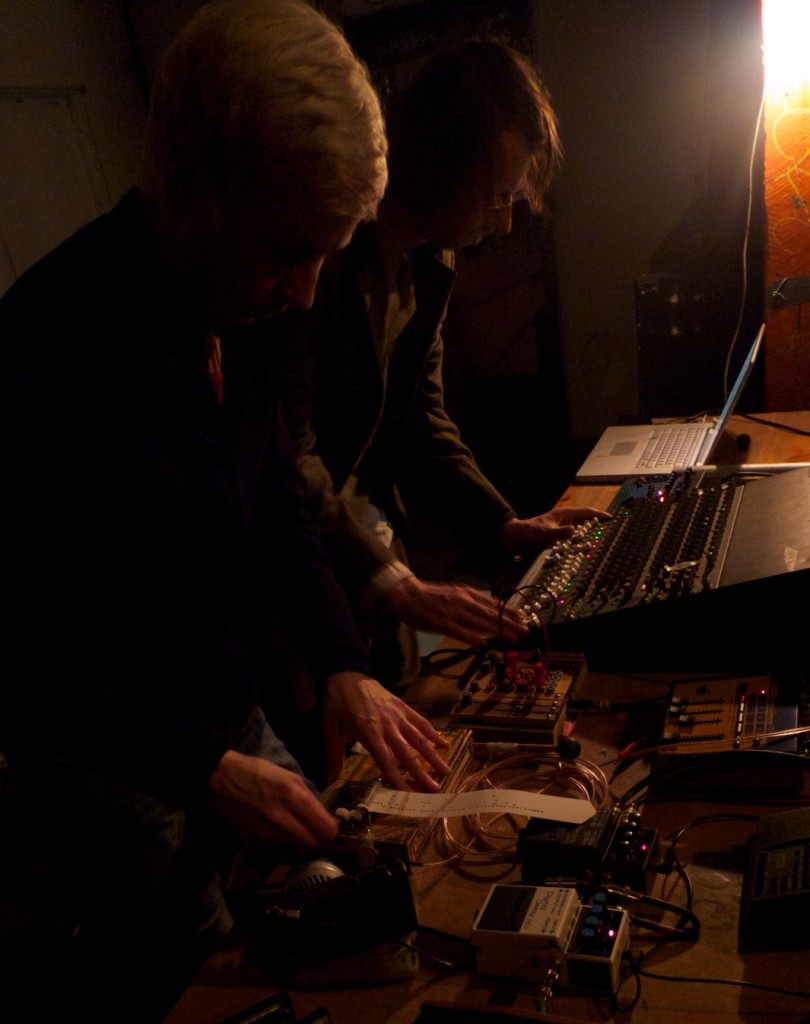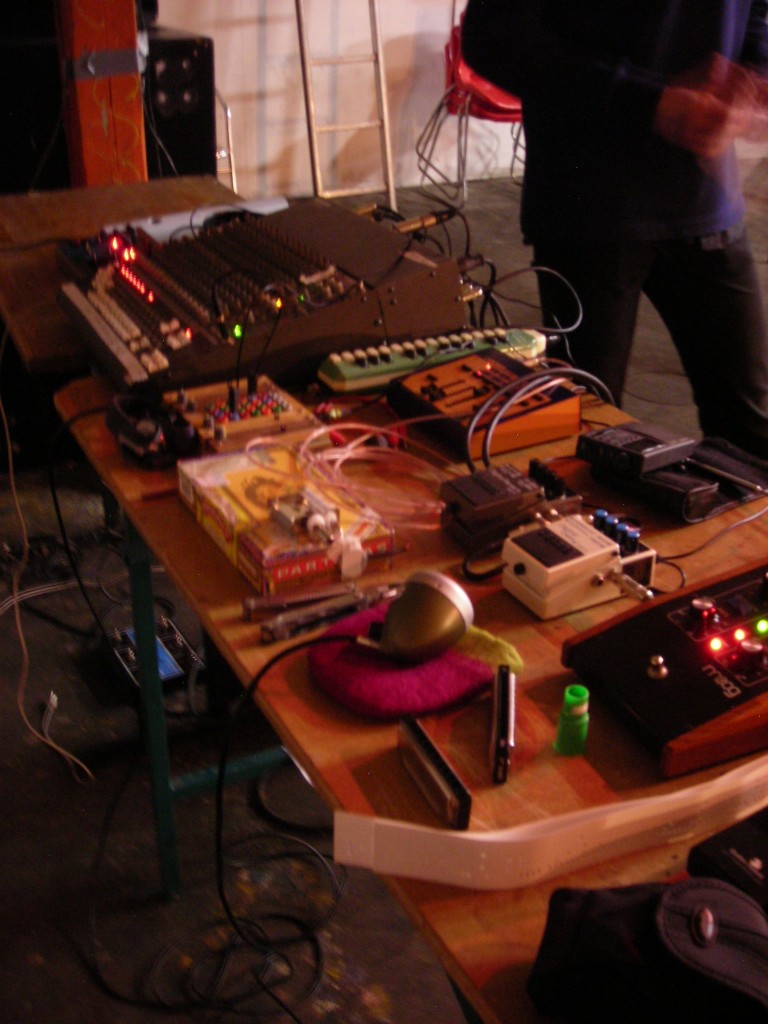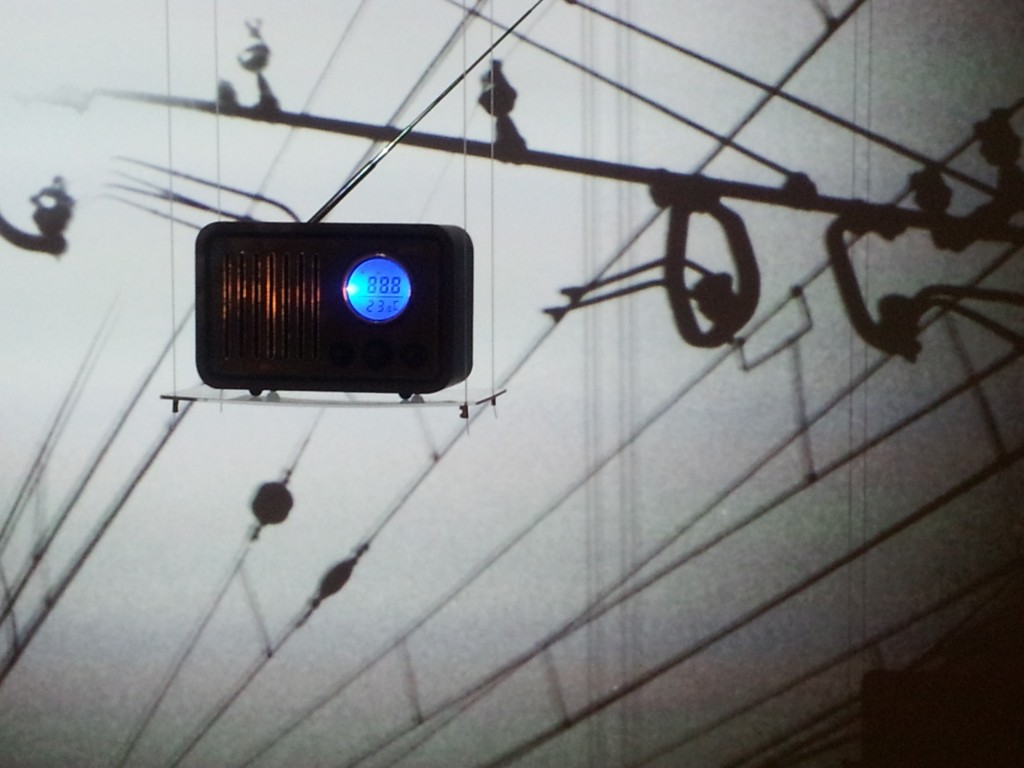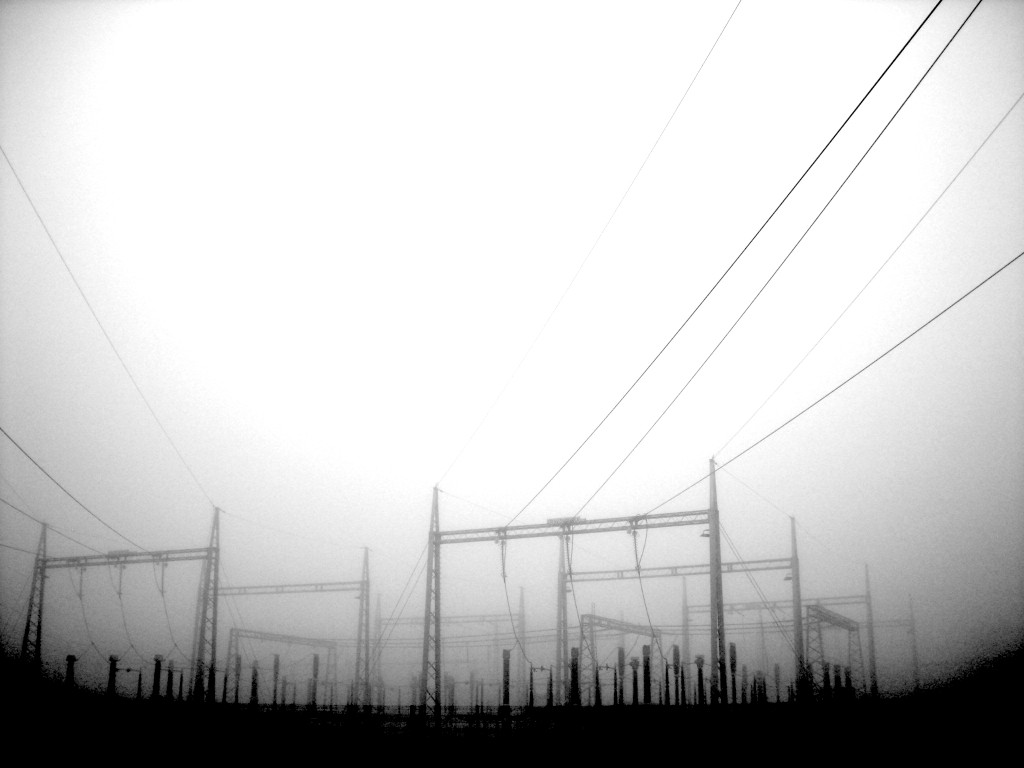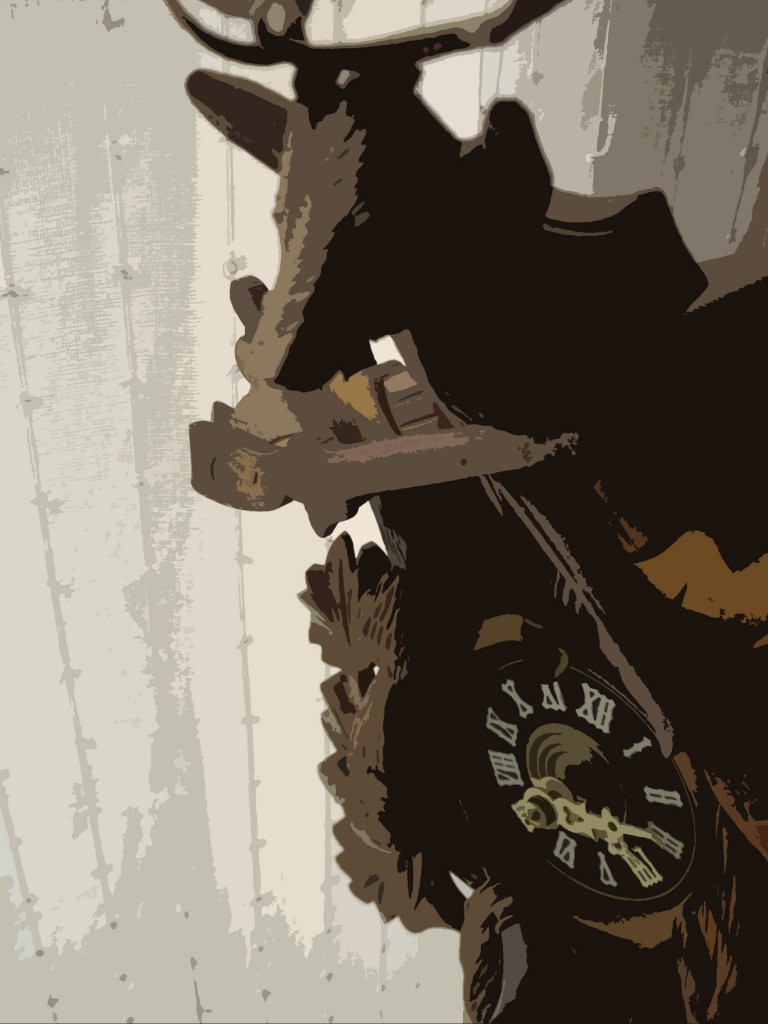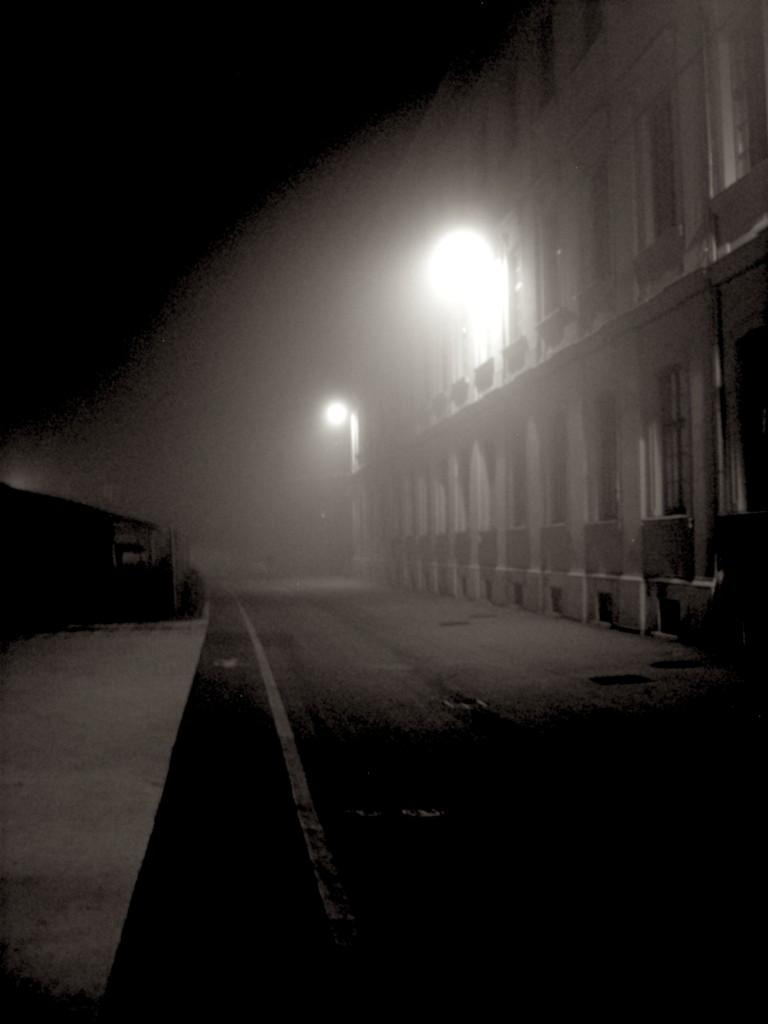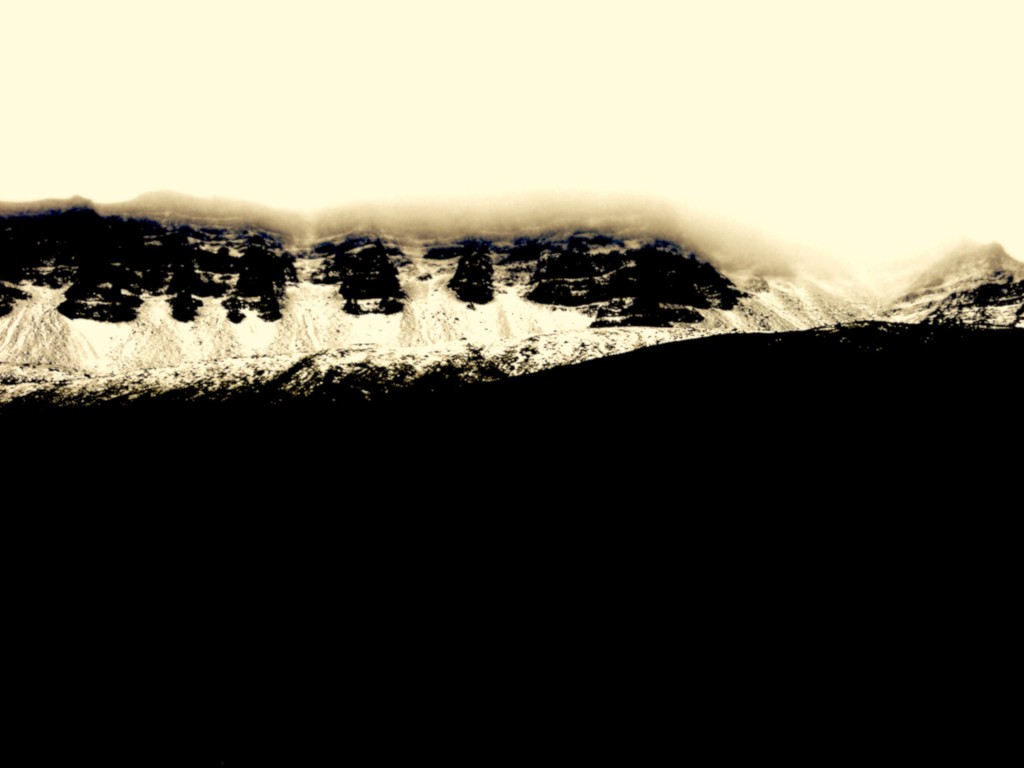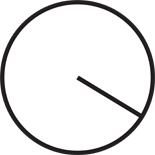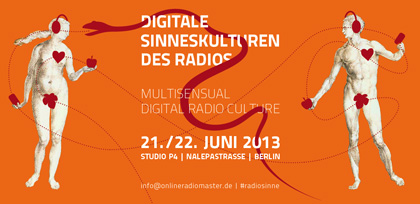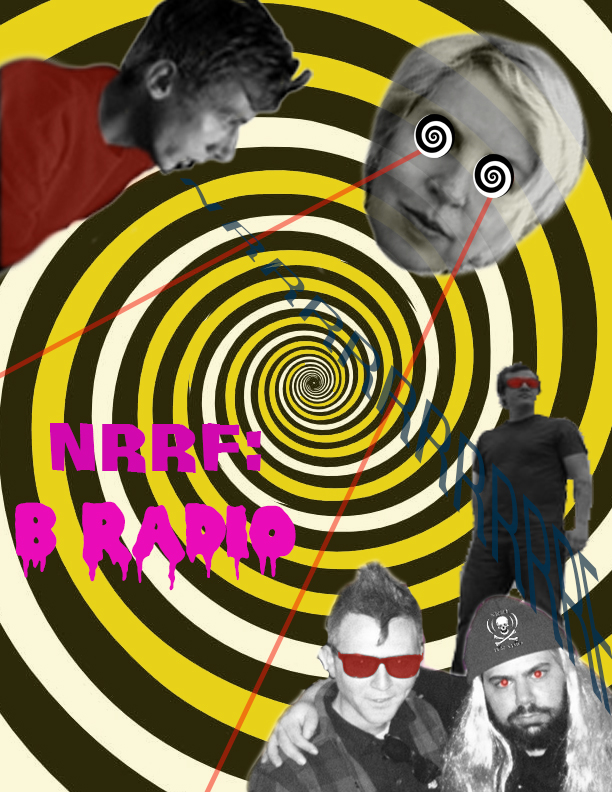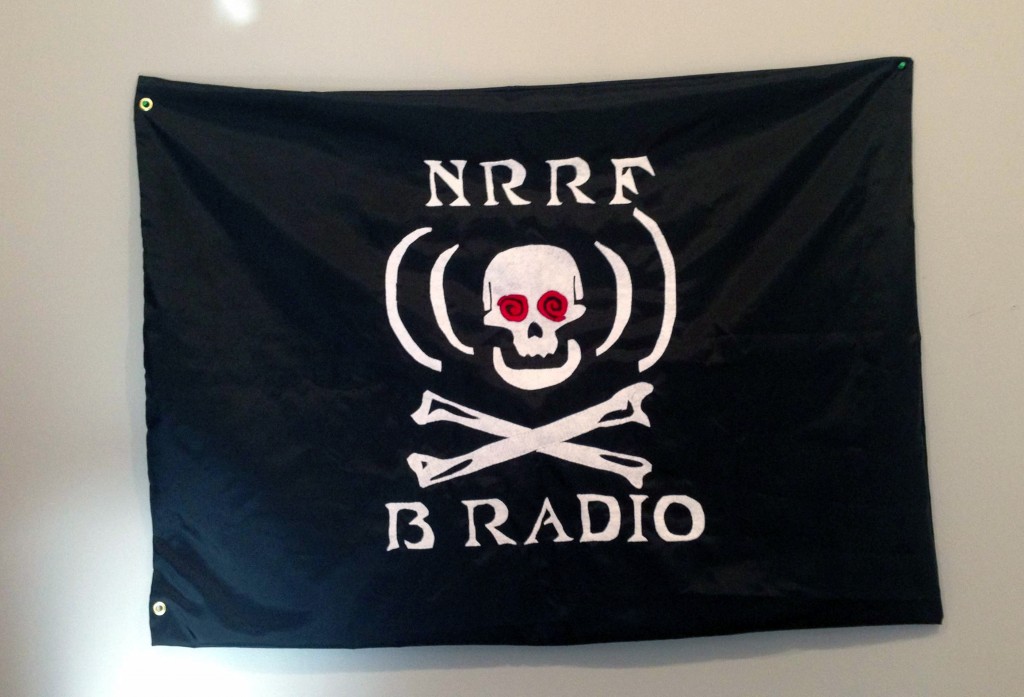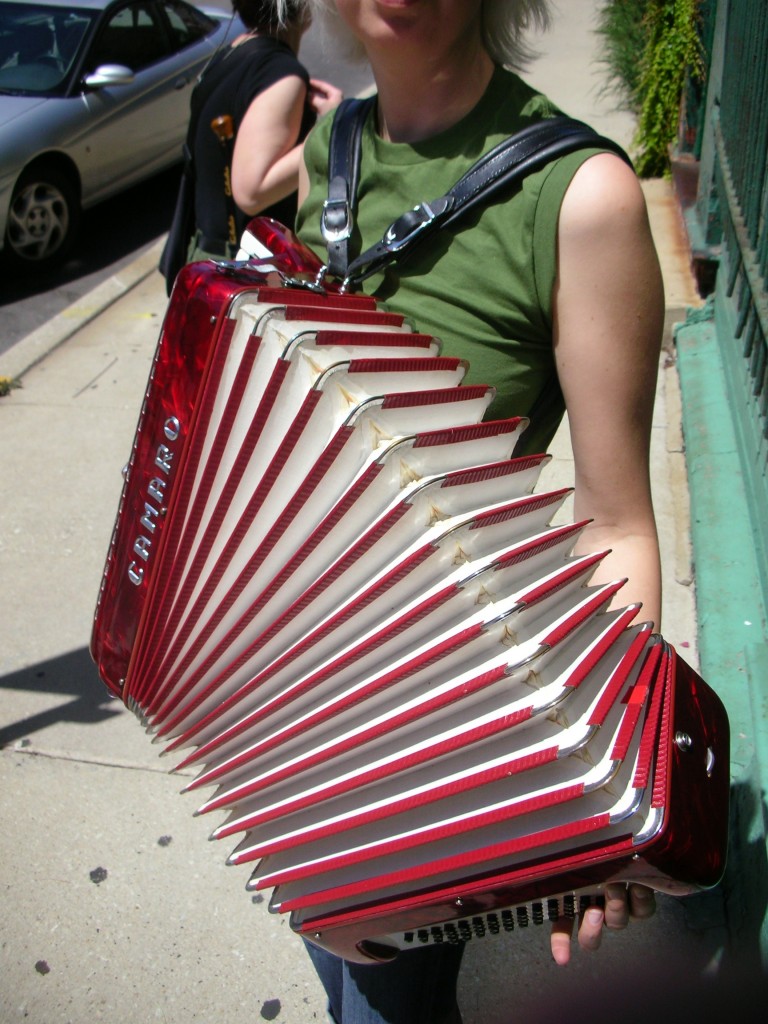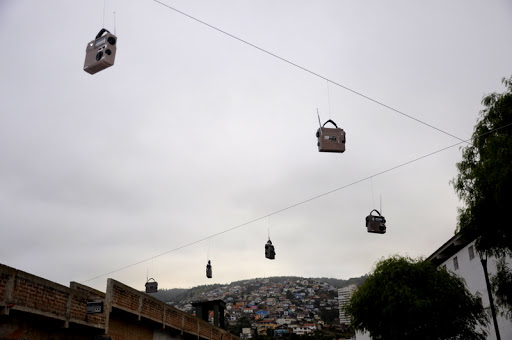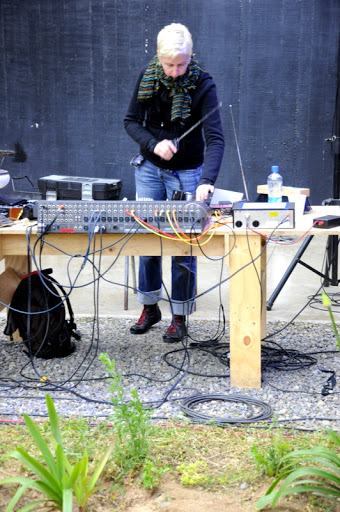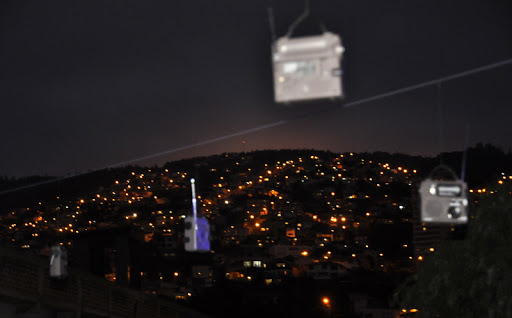February 7th, 2014
This week in Copenhagen….
A train and a ferry ride away from Berlin, and I find myself in Copenhagen, Danmark this week for a series of events, thanks to the enthusiastic curatorial efforts of Jan Høgh Stricker and Anne Clement and KNTN.
Tonight (7. February, 2014) I’m performing together with Konrad Korabiewski (that’s us in action above) at the noise bunker known as Mayhem, Ragnhildgade 1 Kbh NV. Doors at 20:00, opening acts Hannibal Andersen and David Maranha, though we will be performing second. We’ll be using a multi-channel speaker and radio set up, with various low-fi electronics, cottage-built instruments, and mutually intertwined feedback systems. As analogue as possible.
Sunday 9. February 2014, 12:00-16:00, Konrad and I will give a workshop, whose title is inspired by the ever-erudite Gregory Whitehead: An Intricate Game of Position: Critical artistic and phenomenological approaches to sound and radio. This workshop discusses key paradigms such spatiality and resonance, active listening, transception, and transmission ecology, and includes a listening session and demonstration of basic transmission principles using micro-radio. Participants will also undertake guided activities and improvisational exercises such as soundwalking, and work together to create ‘instant’ performative radio pieces. Taking place at the YNKB and Astrid Noack’s Atelier here in ydre Nørrebro, Copenhagen.
Earlier in the week, I curated this month’s episode of Københavns Radiobiograf at the Gloria Bio on Tuesday 4. February (where an audience gathers to listen to radio pieces in a darkened cinema). In addition to some old and new pieces of my own (Respire, Pirate Jenny, and Radiotelegraph) I had the pleasure of sharing some of my favourite pieces by others, like Miranda July‘s WSNO, About Time by Yves Daoust, and an excerpt from a.j. cornell‘s Private Telephone 1981. Check them out yourself, and wear some headphones while you listen!
Also gave a lecture on Thursday 6. February at the Hovedbibliothek or main library here in Copenhagen, on the topic of “The Unstable Art of Radio“, which was a brief introduction to creative uses and manipulations of radio and electro-magnetic waves, particularly looking at working with transmitters, manipulating receivers, and some aeriology. Really nice audience, and a great opportunity for me to dig up old crystal set schematics and evidence of DIY tinkering… even as proposed by Quaker Oats:
